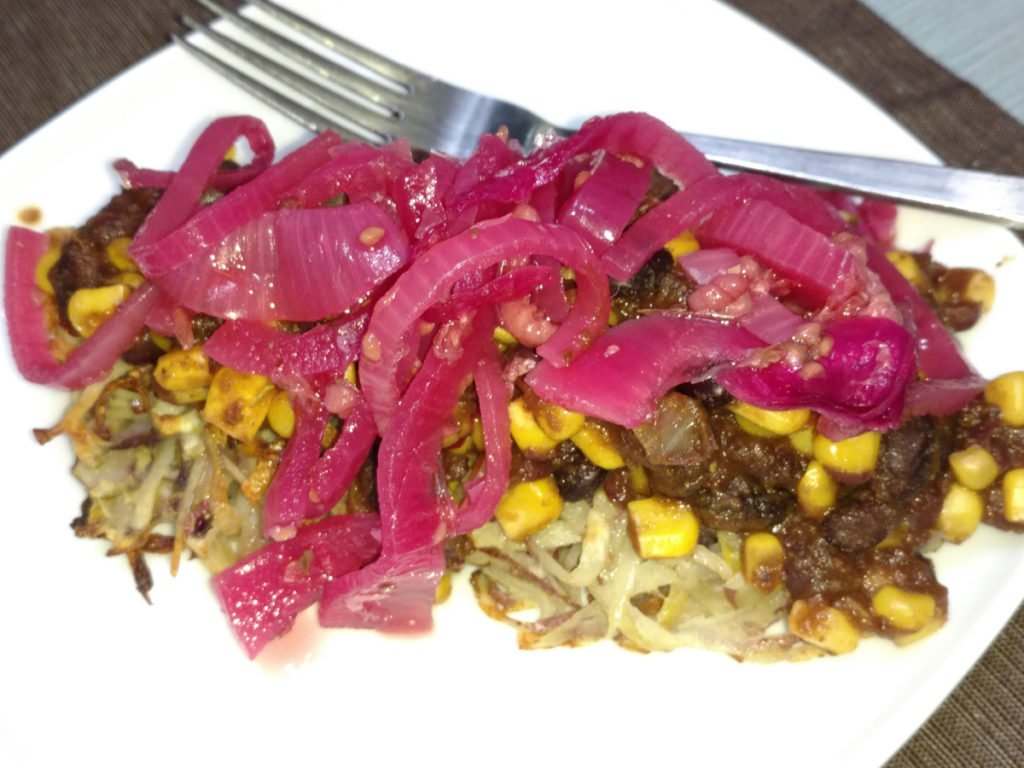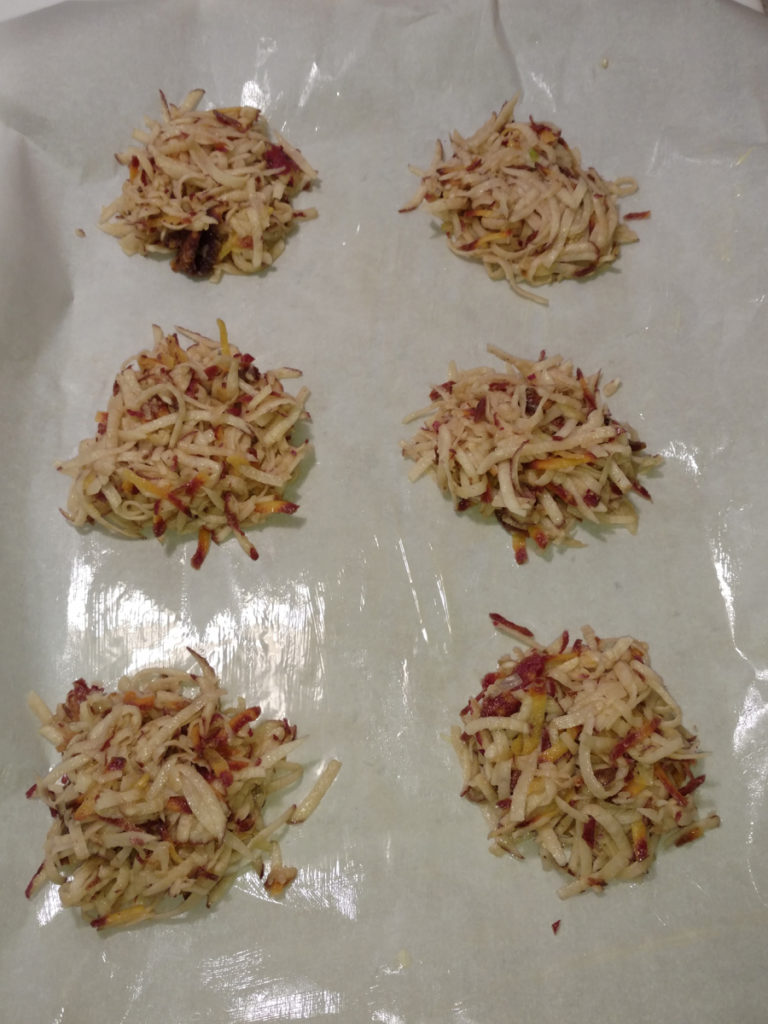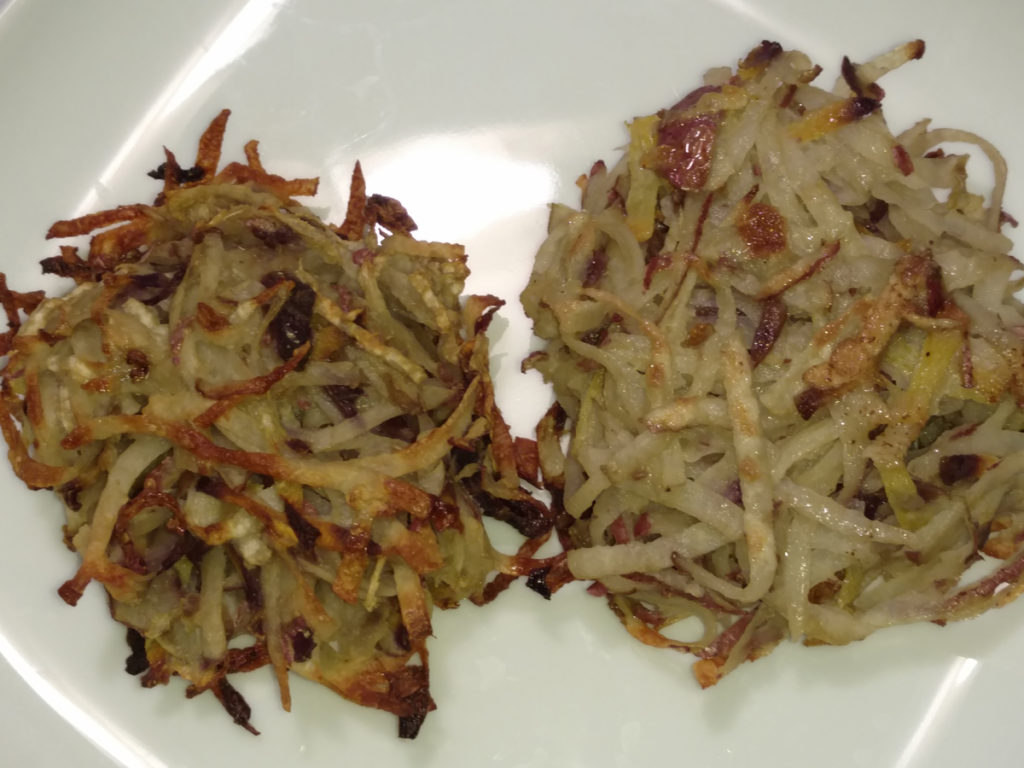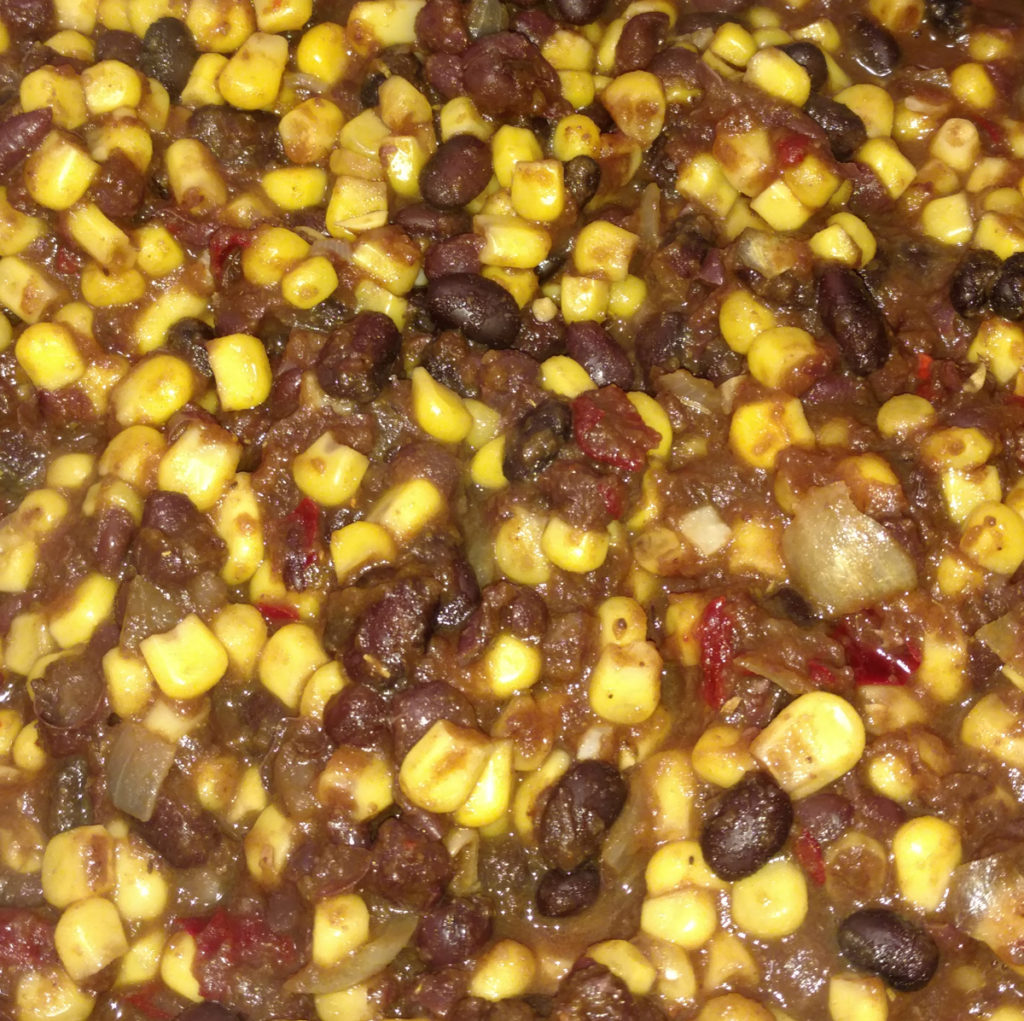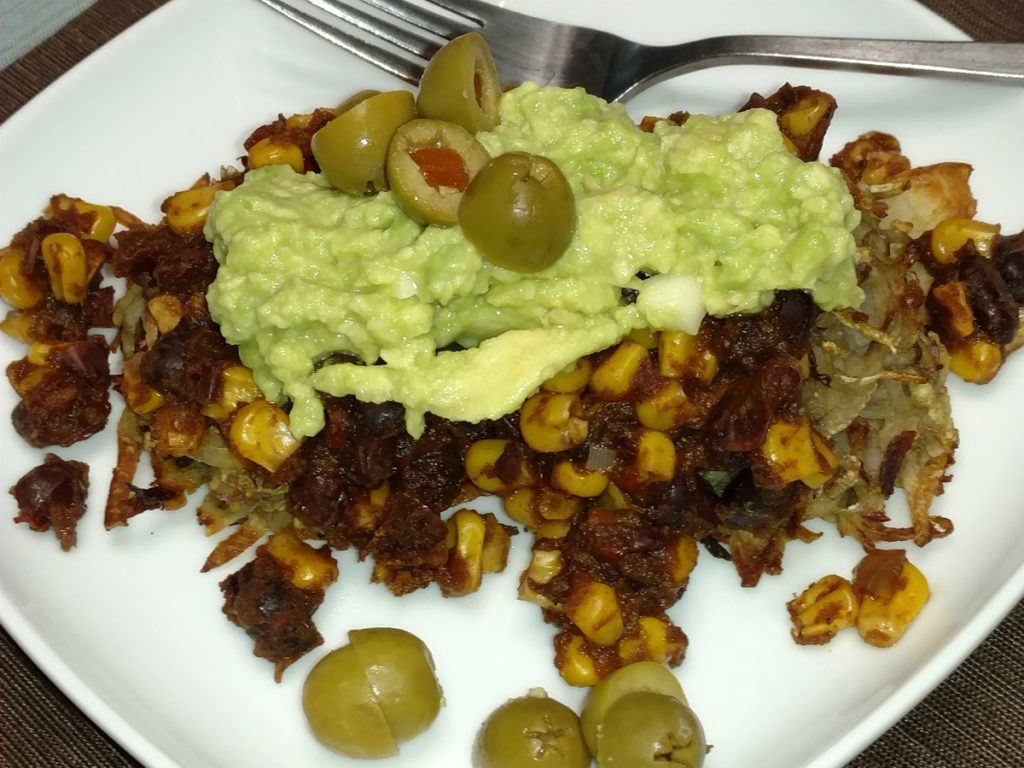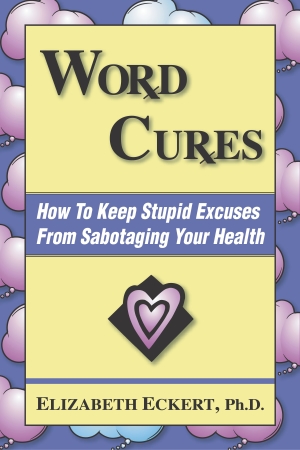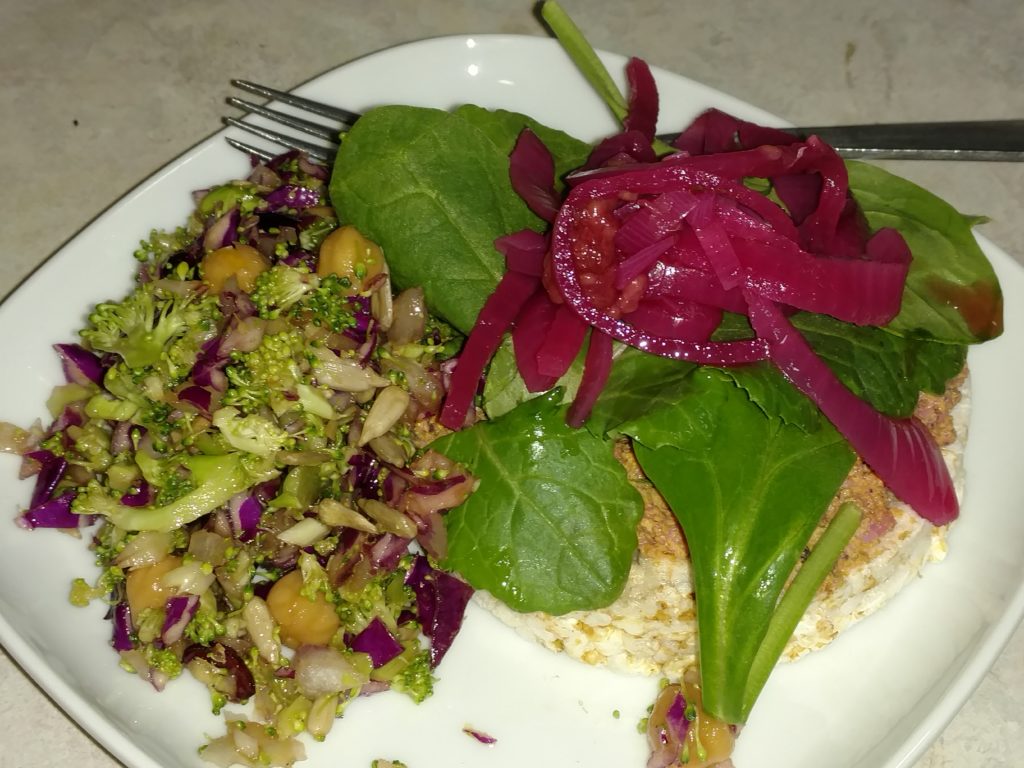
Did you ever have one of those days? You’re committed to serving a whole foods lunch. Of course you’re going to eat your veggies! Wheat is in your dietary doghouse. And yet sometimes a person just has the vibe for an egg salad sandwich. What to do?
How to increase veggies and eat your egg salad sandwich too!
Sometimes when people take the first steps to move into a more healthful eating style, their intentions are great! But they just don’t know what to eat. If you’re someone who’s been eating a sandwich for lunch for decades, what are you supposed to do? Well, you could just buy a loaf of gluten-free bread and make your sandwich on that.
Let’s be candid. That may do in a pinch, but on its own, it’s really not a very healthful meal. In fact, there’s been some interesting research showing that people who commence a gluten-free diet, unless they select the right alternative foods, can actually decrease populations of healthy gut bacteria (1, 2). If you think that’s detrimental to increased healthfulness over the long term, you’re right!
The solution you’re looking for is to change the composition of your plate. More plant foods will provide the fiber and nutrients you need to support those beneficial bacteria, create a healthy gut environment, and support general health.
Make vegetables the star attraction of your lunch plate!
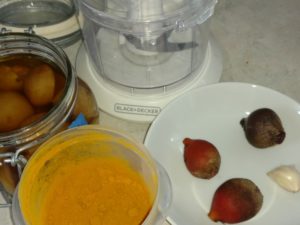
First things first. The egg salad. Here’s a little rule of thumb I try to live by. Add vegetables everyplace you can. Even into your egg salad. I was following my “what’s in the fridge” rule of thumb when I started rustling around for ingredients. What did we have on hand? Small beets (golden and red) left from the fall garden harvest, a clove garlic, and some brine-pickled (fermented) radishes. If there had been a carrot handy, a chunk of that could have gone in as well.
I just chopped the veggies up fine in my handy chopper. So easy! And added a bit of turmeric for its anti-inflammatory benefits. Then added the chopped hard-cooked eggs (4 this time) and mixed it together with a spoonful of organic mayo. Feel free to use an alternate product. So already, we’ve got small quantities of four different vegetables right in the egg salad! Small quantities do count. Especially if you make enough to serve again.
But wait. Aren’t we making a sandwich?
Sure, sometimes I’ll do a green salad for lunch. But it’s January right now, and I live in the north. We’re out of season. I’m always on the look-out for something to stack sandwich fixings on top of. I’ve used slices of cold baked potato and recently planned-over latkes. But in a pinch, I generally keep a bag of rice cakes on hand. They work perfectly, and I don’t mind eating them occasionally. So today, that’s what’s on the plate.
Then you’ll want some toppers. Depending on what you have on hand, you could use avocado slices, sliced tomato, shredded greens, baby greens, veggie slaw, pickled beet slices, beet relish, or do as I did today and grab the jar of homemade pickled red onions. They’re delicious and oh-so-colorful.
I added another 5 veggies to the count with today’s toppers: three baby greens from a bagged greens mix, red onion, and raspberry (a formerly secret ingredient in my pickled onion recipe).
Do you spy a side salad?
Depending on your appetite and what you have on hand, you could serve two of the topped rice cakes and call it good. I’ve done that for sure. But for this meal, there was a special treat. I’d just made a batch of this Crunchy Broccoli Salad with Maple Mustard Dressing, to which I’d added some chopped red cabbage. It’s quickly become a favorite around here! So I served up a scoop of that yummy deliciousness as a side salad.
That adds broccoli, red cabbage, garbanzo beans, sunflower seeds, and cranberries (5 plant items) to the plate. The salad has red onion in it as well, but we’ve already counted that once. Fair is fair.
The final plant count
In place of an old school egg salad sandwich, we’ve created an abundant plant-focused plate of goodness that features 15 different plants, counting the rice in the rice cake. Add a piece of fruit and count 16. Not bad!
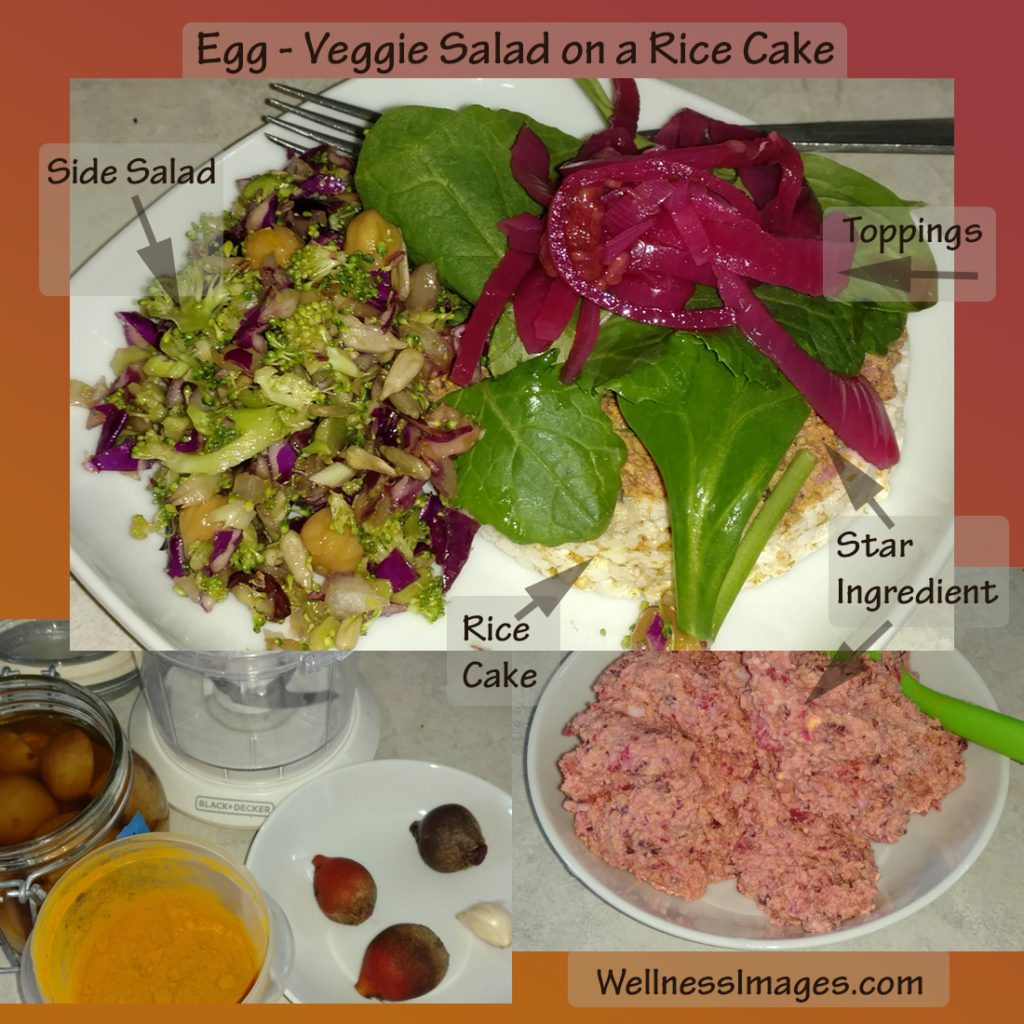
References:
- DePalma, et al (2009). Effects of a gluten-free diet on gut microbiota and immune function in healthy adult human subjects. British Journal of Nutrition. 2009 Oct; 102(8):1154-60 .
- Jackson (2010). Effects of a gluten-free diet on gut microbiota and immune function in healthy adult human subjects – comment by Jackson. British Journal of Nutrition 2010; 104: 773.
~~~~
Wellness Images offers functional nutrition testing and consultation. If you’d like to optimize your gut health, check out our program offerings. Contact me for a free 15-20 minute conversation to see if we’re a good fit to work together.

